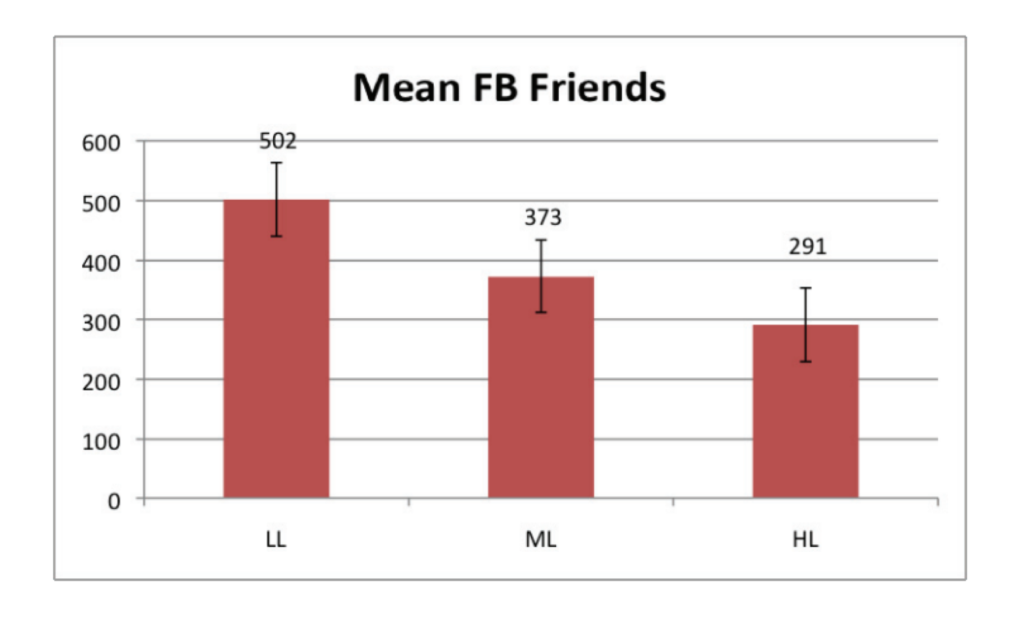A critical aspect of psychological well-being is being socially connected. It is a serious topic, which is why in the article I read, researchers wanted to investigate the relationship between student loneliness and their patterns of use on social networking sites, such as Facebook.
Interactions between media use and psychological well-being are known to have two major paradigms, which are the deficiency paradigm and the global use paradigm. The deficiency paradigm is the use of media as a replacement for unsatisfactory face-to-face interactions while the global use paradigm is where media use is seen to be the same as face-to-face interactions. And with these two paradigms, it’s predicted that for the deficiency paradigm, the loneliest students will attempt to compensate for their lack of face-to-face interactions through online interactions and the global use paradigm predicts your offline ability to connect with other reflects your online ability and that the two environments are the same. And with these two paradigms, we can see that the global use paradigms would thus, reflect the richer get richer phenomenon because if online and in person social interactions are the same, people who do well in face-to-face interactions will also do well in online interactions and thus, be able to connect with more people than someone who struggles in person.
To prove which paradigm is more accurate, a study was thus conducted on a university. A convenience sample of 124 undergraduate students, ages 18 to 24, at a large university in California were the participants of the research. They were all given a questionnaire to assess demographic variables, questions related to connectivity, participation in social network services like Facebook, and the UCLA Loneliness scale. The primary focus was on the relationship between subjective loneliness and the measure of offline and online social connectivity.


The mean score for the UCLA Loneliness scale was 37.78, which falls into the medium range of loneliness and 95% of participants reported being active participants on Facebook. Loneliness however didn’t affect the likelihood of participation on Facebook. And as seen by the arrows above, in fact the scores of the UCLA Loneliness scale and number of confidants and FB friends were negatively correlated. These findings suggest that many of the obstacles of feeling connected in everyday life exists in online social networking sites as well. So thus, given that the findings that online and offline connectivity are similar for people, it turns out that the global use paradigm is more accurate. So thus, more lonely people do not find more friends online as a way of compensating for their real-world experiences.
This connects to the course because as learned in lecture in the richer get richer lesson, new nodes are more likely to link to nodes that already have a high degree. This can be seen with people who have large social networks in person. Because if they have large social networks in person, this will usually lead to a larger social network on social media sites because usually people you know in person are the ones you add online, which is why the global use paradigm is more accurate than the deficiency paradigm. If you are able to connect with people easily in person, you will be able to do the same online, which thus, shows an example of the richer getting richer in this research article.
References: http://www.jlampl.net/OnlineLonliness.pdf